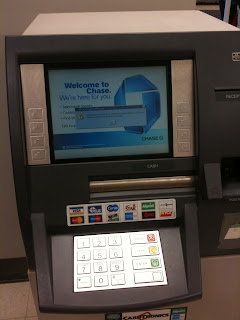1. Medium of exchange
- buying and selling of goods and services
- allows society to escape the complications of a barter economy
- advantages of geographic and human specialization

- yardstick for measuring the relative worth of a variety of goods
- aids rational decision making
- defines debt obligations, taxes, nations GDP
 3. Store of Value
3. Store of Value- enables people to transfer purchasing power from the present to the future
- like: real-estate, stocks, bonds, mineral assets, art.
- liquidity: the ability to convert an asset into cash.
- the more liquid an asset is, the easier it is to covert to cash without a loss of value.

Money Definition M1
- currency in the hands of the public
- all checkable deposits
checkable deposits: just what it sounds like
M1 = currency + checkable deposites
amount of money available to the private sector
we exclude
- checkable deposits of the government
- money held by US treasury, commercial banks, federal reserve banks and thrift institutions

Money Definition M2
near-monies: high liquid assets that are not directly mediums of exchange but that can be easily converted into currency or checkable deposits
Three categories of near-monies
- savings deposits, including MMDAs,
- Small time deposits (less than 100,000)
- MMMFs held by individuals
M2 = M1 + Near monies (three above)
What backs the money supply?
- good intentions
Why?
- allows gov. to expand and contract the money supply as it sees fit.
- -cough-
- in the interest of the economy
- Money is valued by the resources that it will purchase
- acceptability (because people use it as money)
- legal tender (government decree that money is money)
- relative scarcity (recall exchange markets?)




